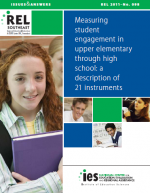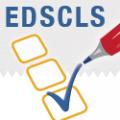School climate measurement involves a comprehensive assessment of student engagement, school safety, and the learning environment.
The measurement of school climate provides educators with the necessary data to identify school needs, set goals, and track progress toward improvement.





